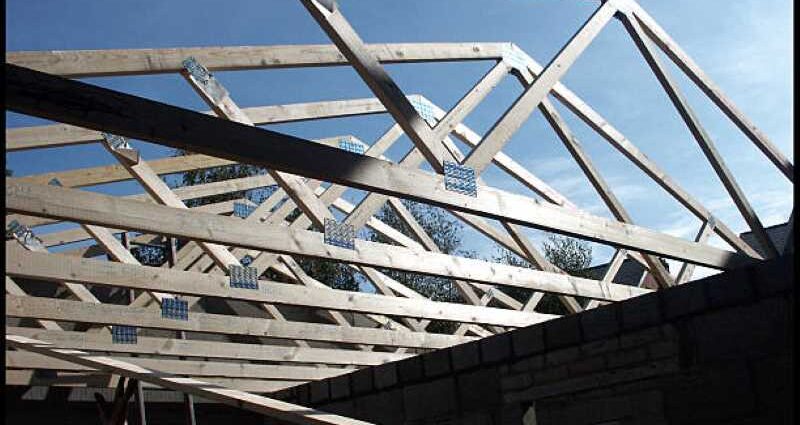Roof trusses are an essential component of any building’s structural system. They are designed to provide support and stability to the roof while distributing the weight evenly across the walls. To ensure that roof trusses are built to last and meet safety standards, it’s important to work with a skilled and experienced roof truss fabricator.
In this guide, we’ll take a closer look at the role of the roof truss manufacturer in the construction process. We’ll explore the steps involved in designing, engineering, and installing roof trusses, as well as the benefits of using a professional fabricator for your project.
Understanding their Role
What Is a Roof Truss Manufacturer also known as a Roof Truss Fabricator?
A Roof Truss Manufacturer is a professional who specializes in the design, engineering, and manufacturing of roof trusses. They work closely with builders, architects, and engineers to create custom truss systems that meet the unique requirements of each project.
What Does a Roof Truss Manufacturer Do?
Their primary responsibilities include:
- Reviewing architectural and engineering plans to determine truss system requirements
- Designing truss systems using specialized software and equipment
- Selecting materials and components to meet project specifications
- Fabricating trusses using automated (not in all cases) saws and other equipment
- Conducting quality control checks to ensure accuracy and safety
- Coordinating with the installation team to ensure timely and efficient installation (if required)
What Are the Benefits of Using a Roof Truss Manufacturer?
Working with a roof truss fabricator offers a range of benefits, including:
- Customization: They can create custom truss systems that meet the unique requirements of each project.
- Efficiency: Fabricated truss systems are pre-engineered and manufactured to precise specifications, ensuring efficient and accurate installation.
- Quality: Fabricated trusses are subject to rigorous quality control checks to ensure that they meet safety and performance standards.
- Expertise: They have specialized knowledge and experience in the design and engineering of truss systems, ensuring that they are built to last.
The Process of Designing and Manufacturing Roof Trusses
Step 1: Reviewing Plans and Specifications
The first step in the process of designing and fabricating roof trusses is to review the architectural and engineering plans for the project. This involves understanding the size and shape of the roof, the load-bearing requirements, and any other design considerations.
Step 2: Designing the Truss System
Once the plans and specifications have been reviewed, the roof truss fabricator will begin designing the truss system using specialized software. This process involves selecting the appropriate materials and components to meet the project requirements, as well as optimizing the design for efficiency and performance.
Step 3: Fabricating the Trusses
After the truss system has been designed, the roof truss fabricator will begin the fabrication process. This involves using automated (not in all cases) saws and other equipment to cut and shape the materials according to the design specifications. Quality control checks are conducted throughout the fabrication process to ensure that the trusses are accurate and safe.
Step 4: Coordinating with the Installation Team
Once the trusses have been fabricated, the roof truss fabricator will coordinate with the installation team to ensure that they are delivered and installed on time and according to the design specifications. The installation team will work closely with the fabricator to ensure that the trusses are installed safely and securely.
FAQs about Roof Truss Manufacturers
What materials are used to make roof trusses?
Roof trusses are typically made from wood or steel. The type of material used depends on the project requirements, as well as the preference of the architect or builder. In South Africa the most common timber used is SA Pine Grade S5 or S7. Laminated timber, which is graded Grade S8 is also used when it comes to flat roofs with long spans between support. These beams are also used as support beams between columns to support flat roofs like with a verandah or stoep.
How long does it take to fabricate and install roof trusses?
The time it takes to fabricate and install roof trusses depends on the complexity of the project, as well as the size of the building. In general, the fabrication process can take several days, while installation can take several days up to a week or two.
Can roof trusses be customized for specific building designs?
Yes, roof trusses can be customized to meet the specific design requirements of a building. Roof truss fabricators work closely with architects and builders to ensure that the trusses are designed to meet the unique needs of each project.



Comments are closed, but trackbacks and pingbacks are open.